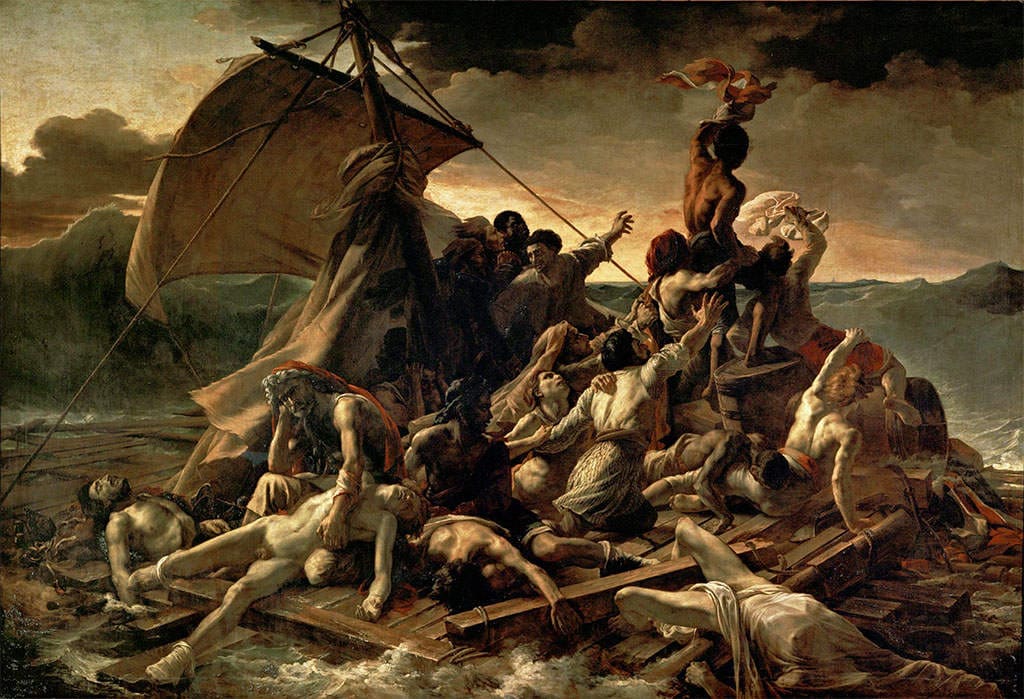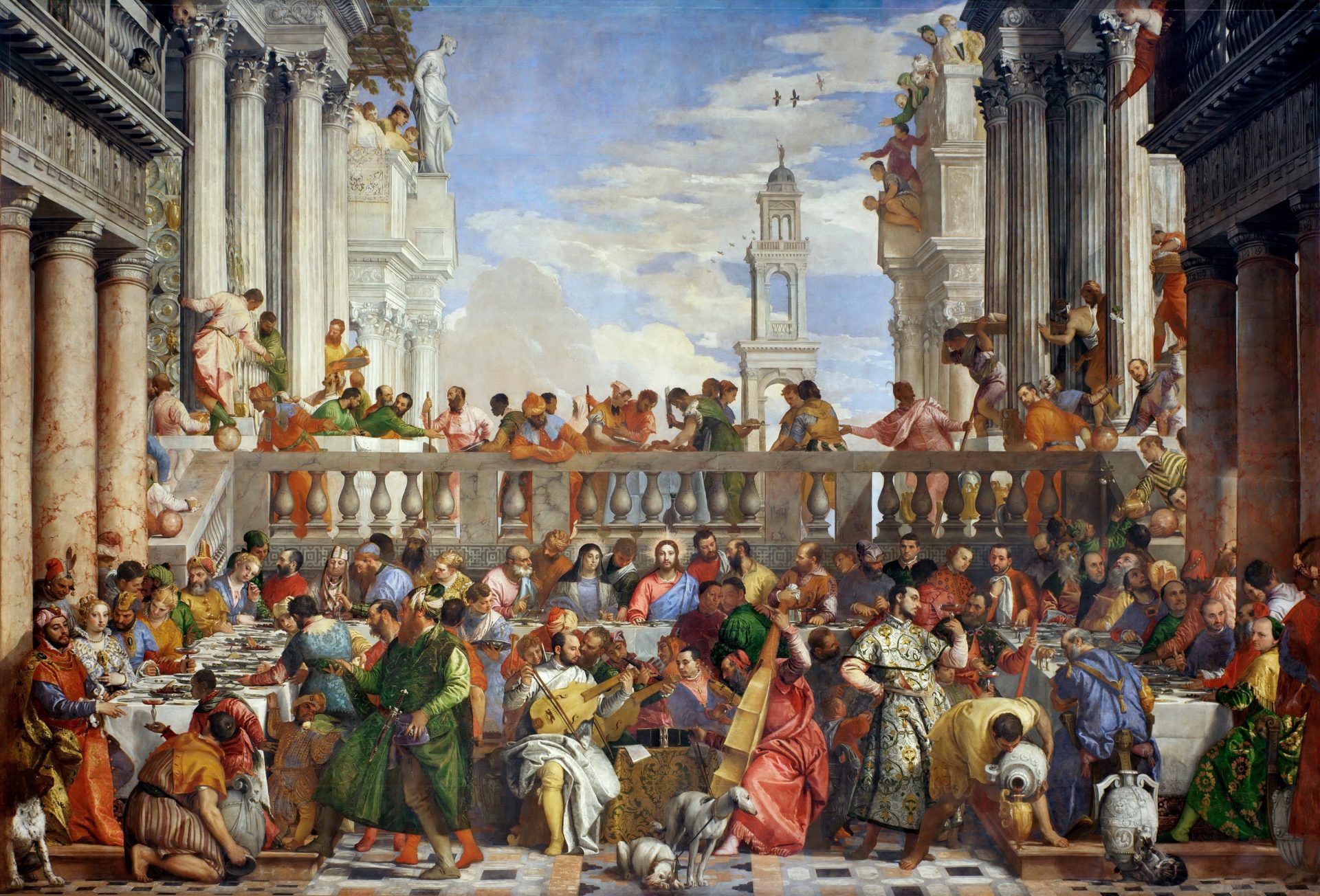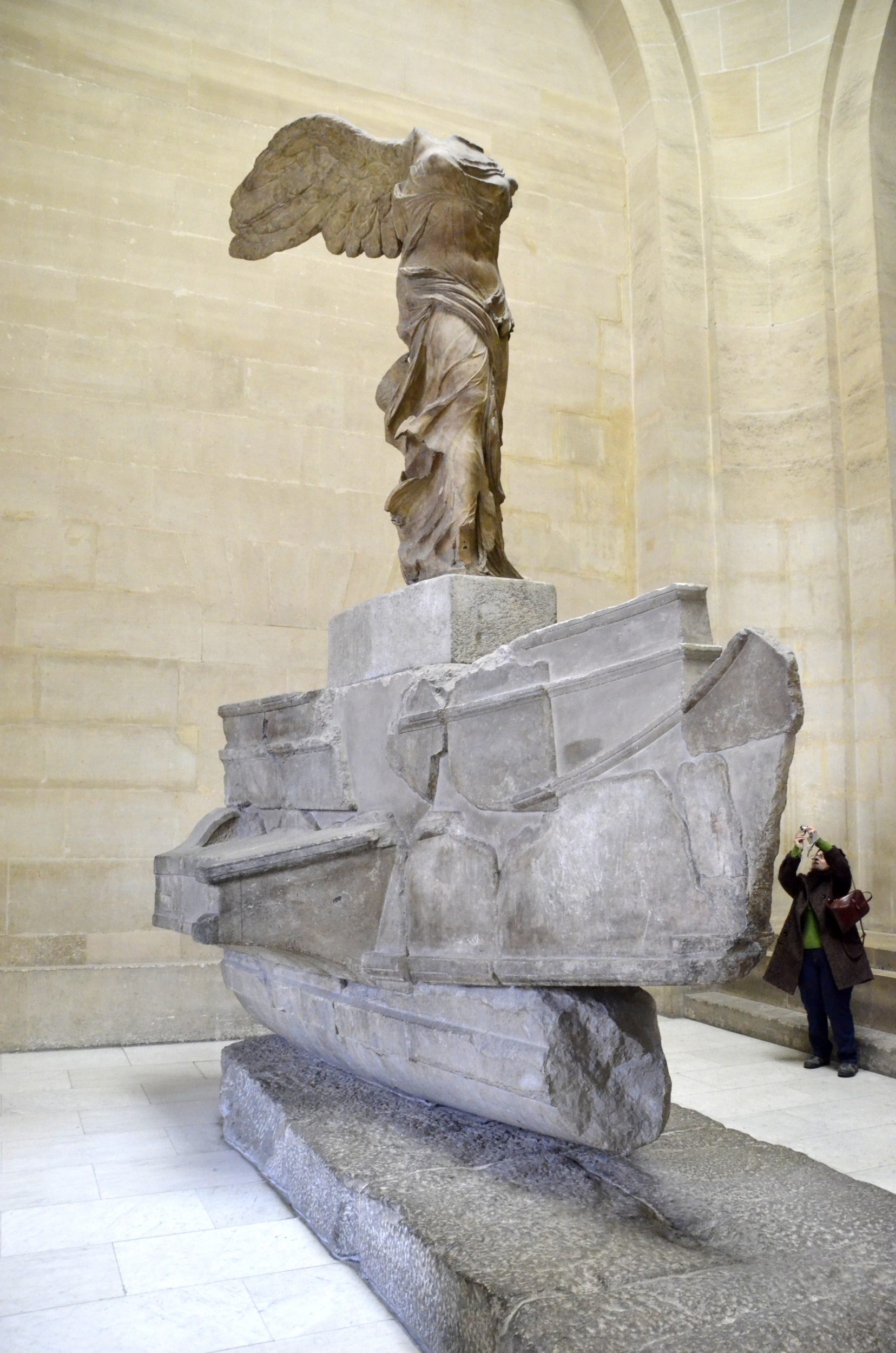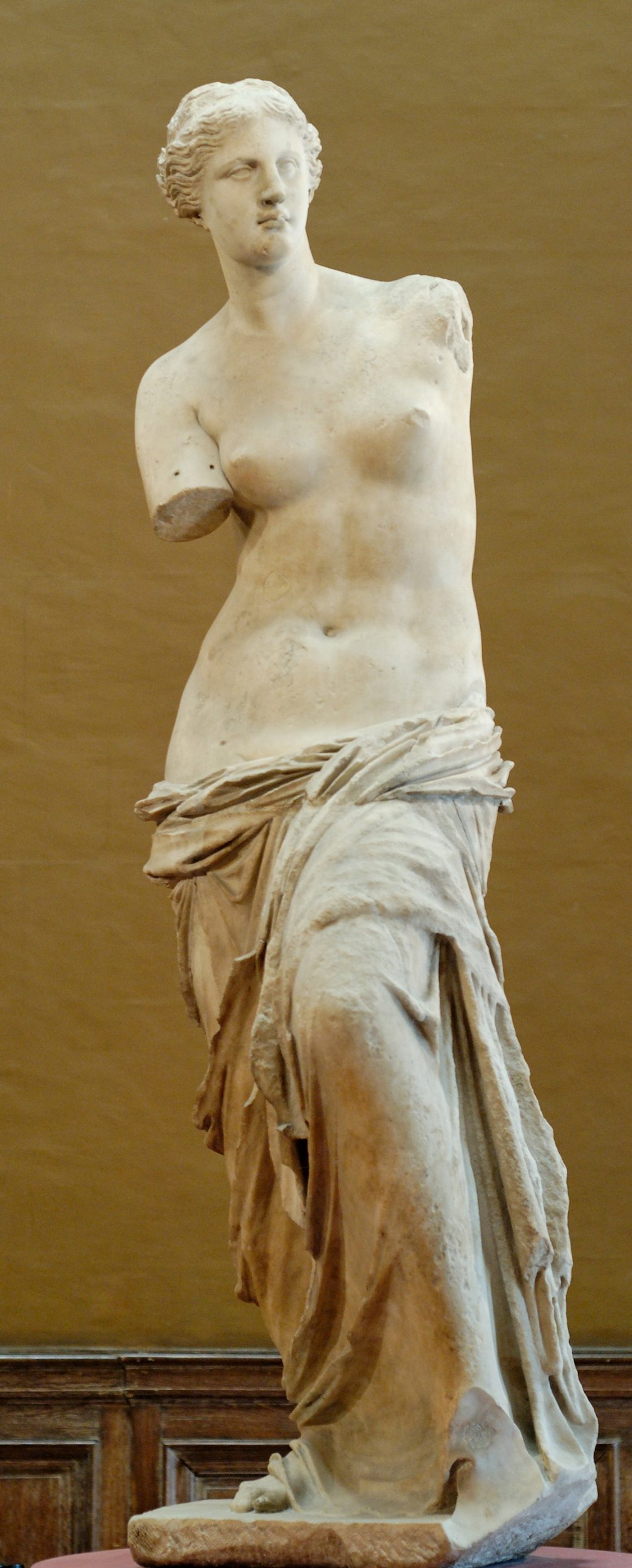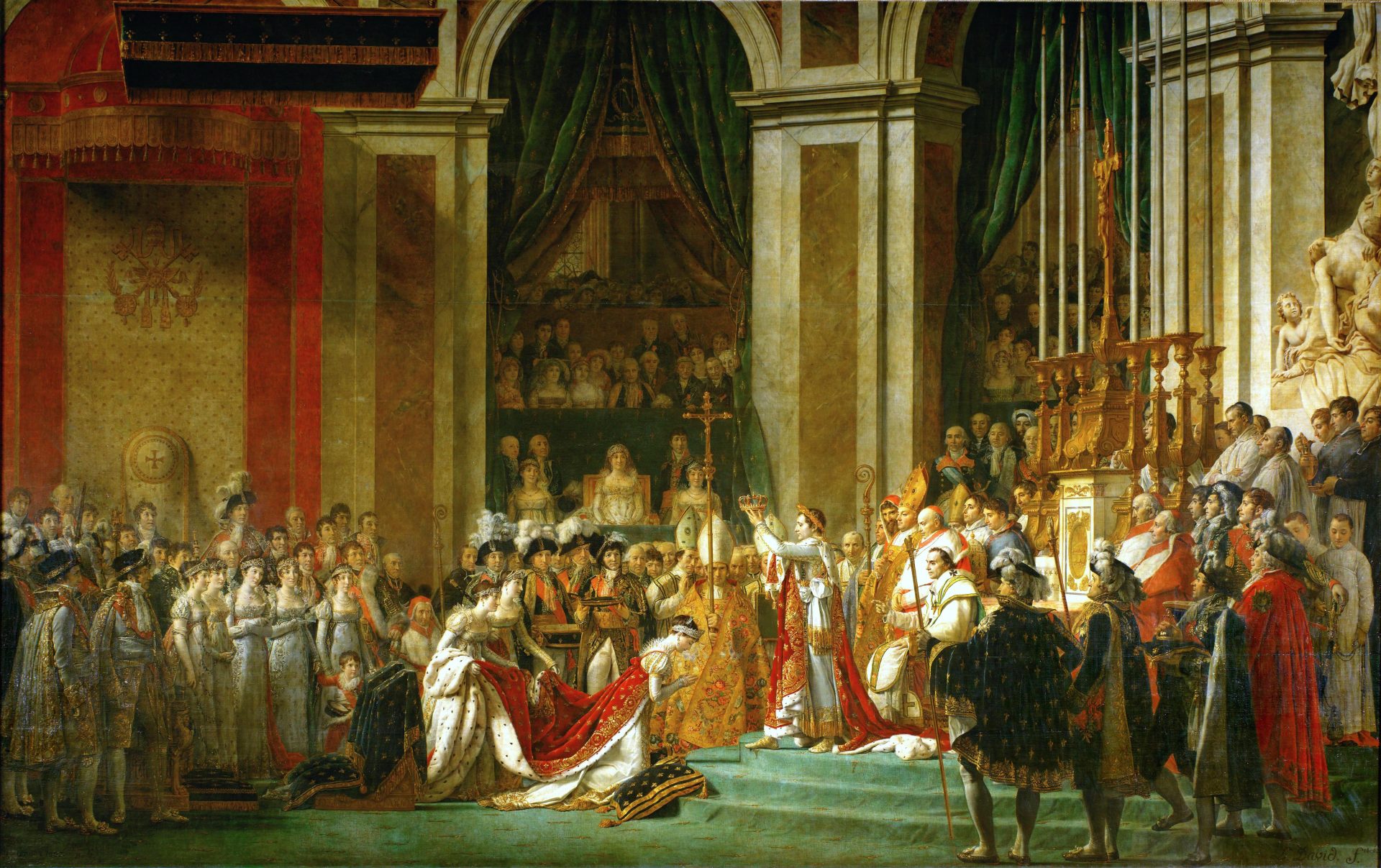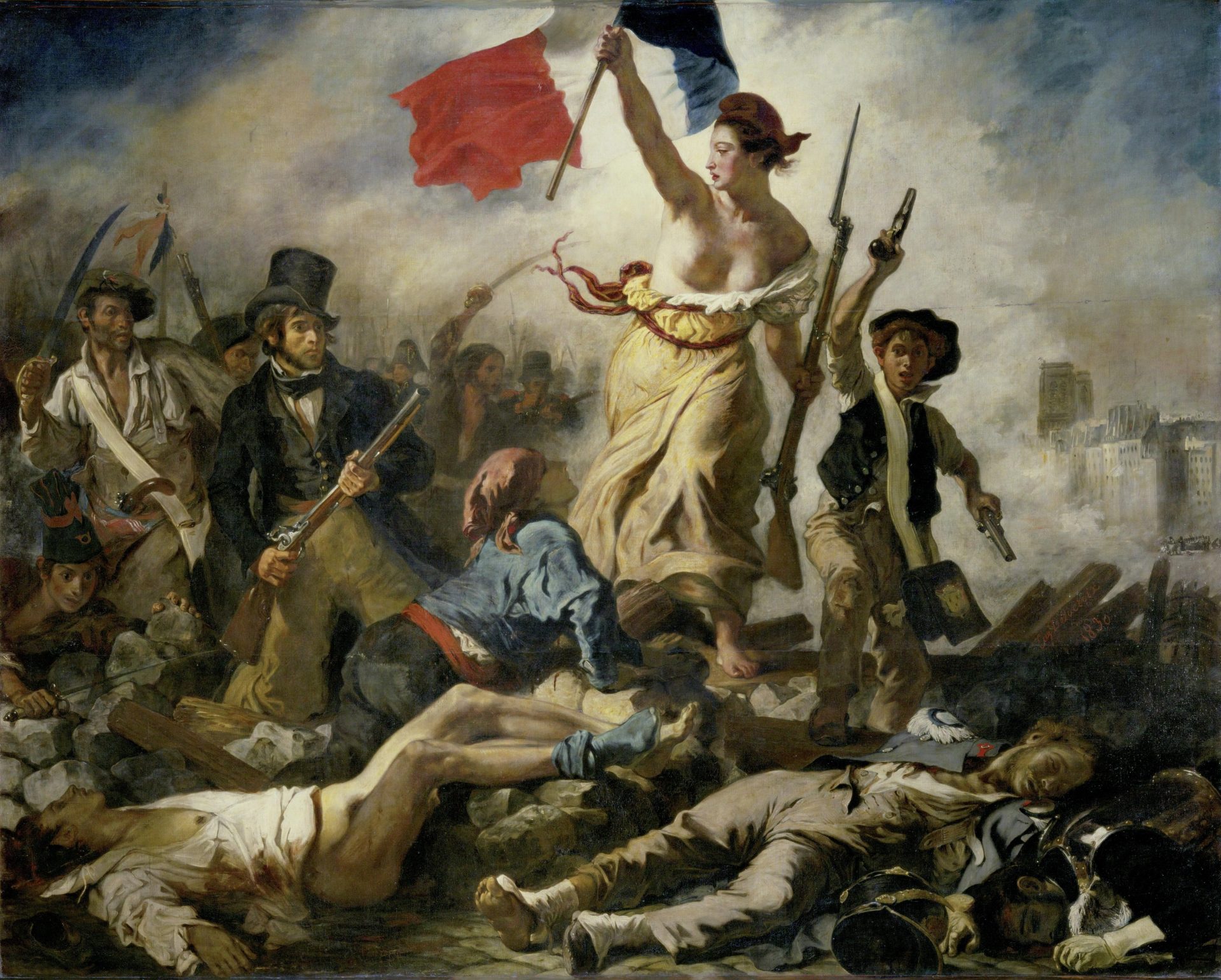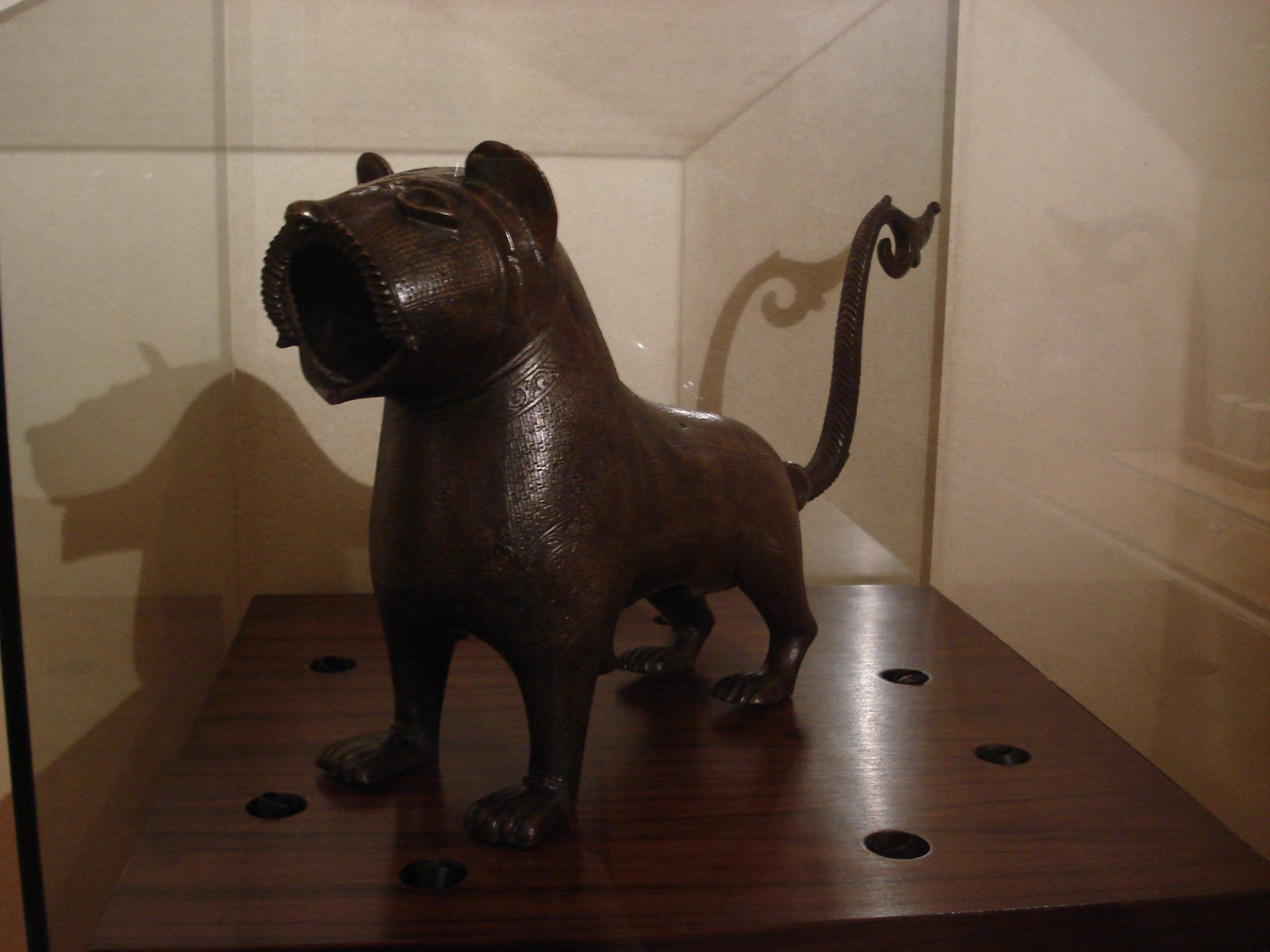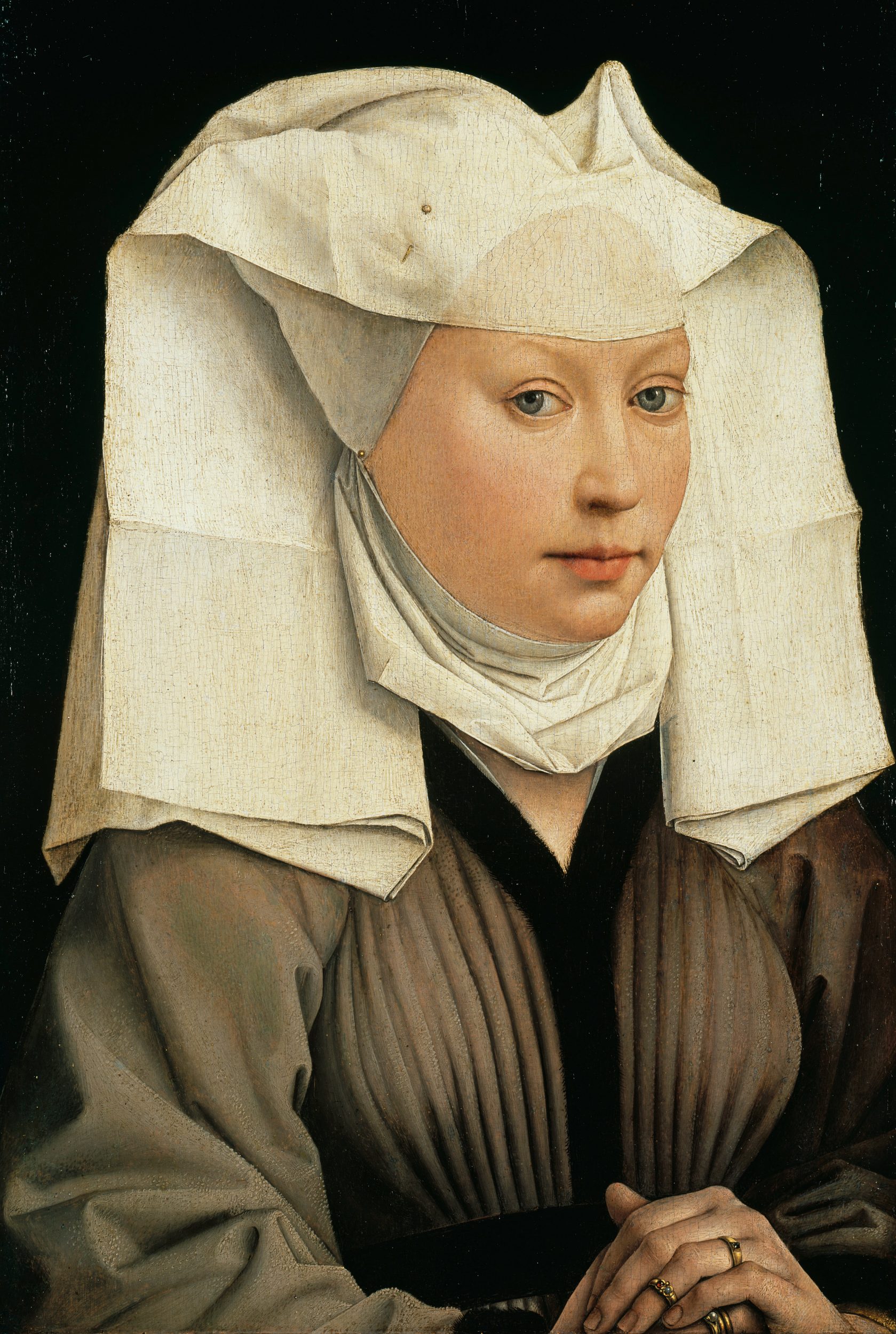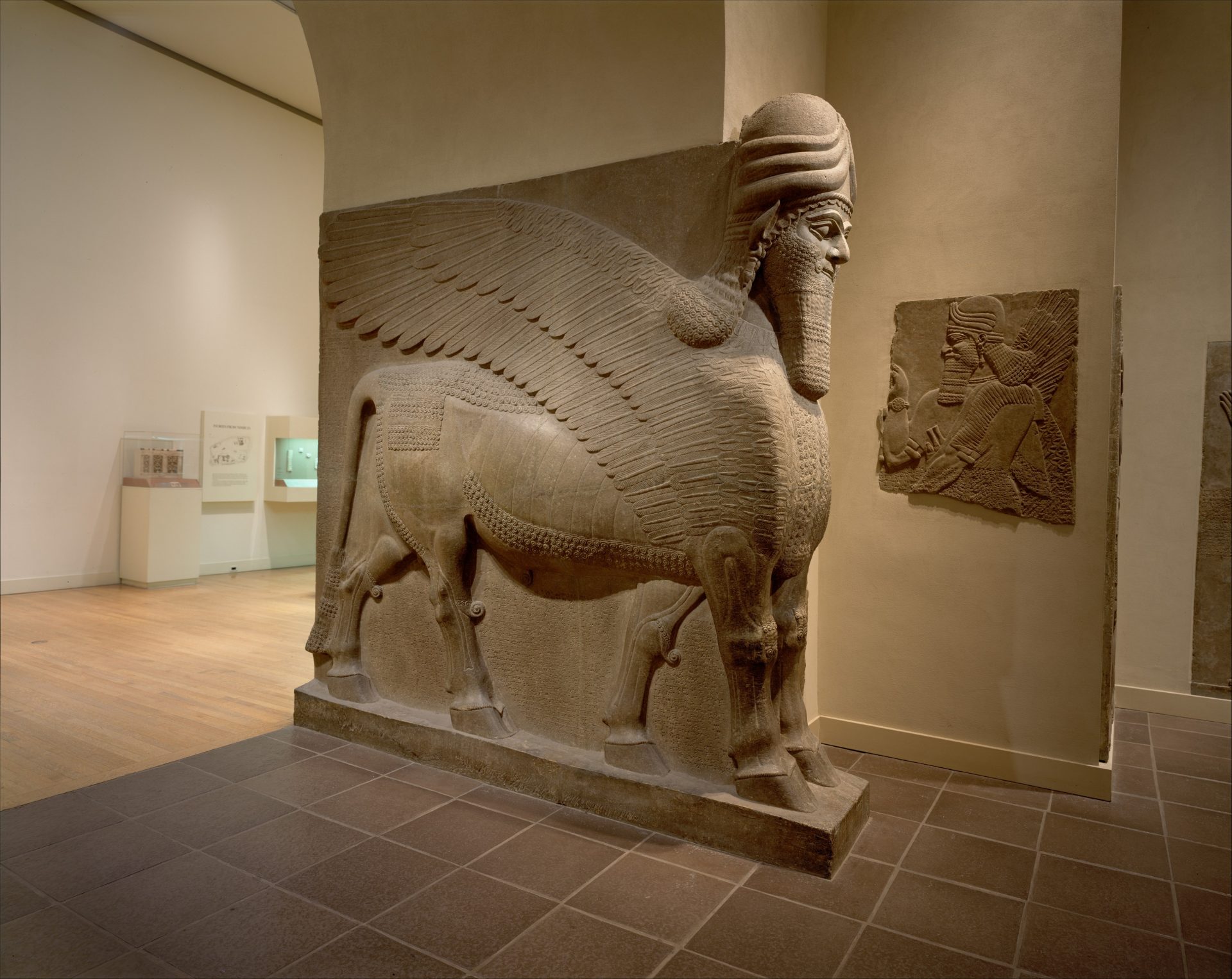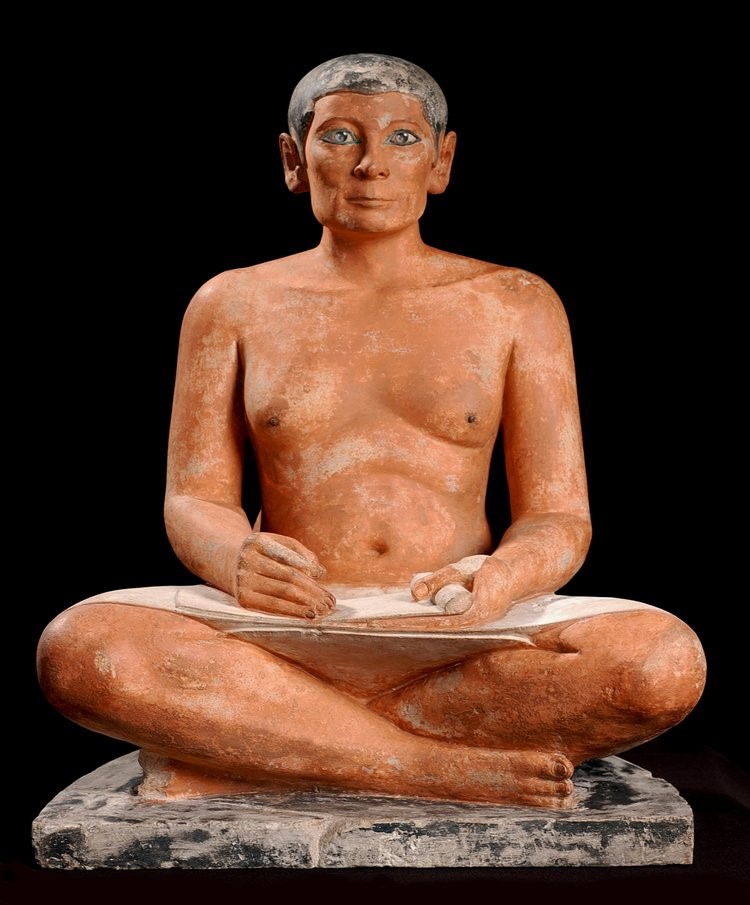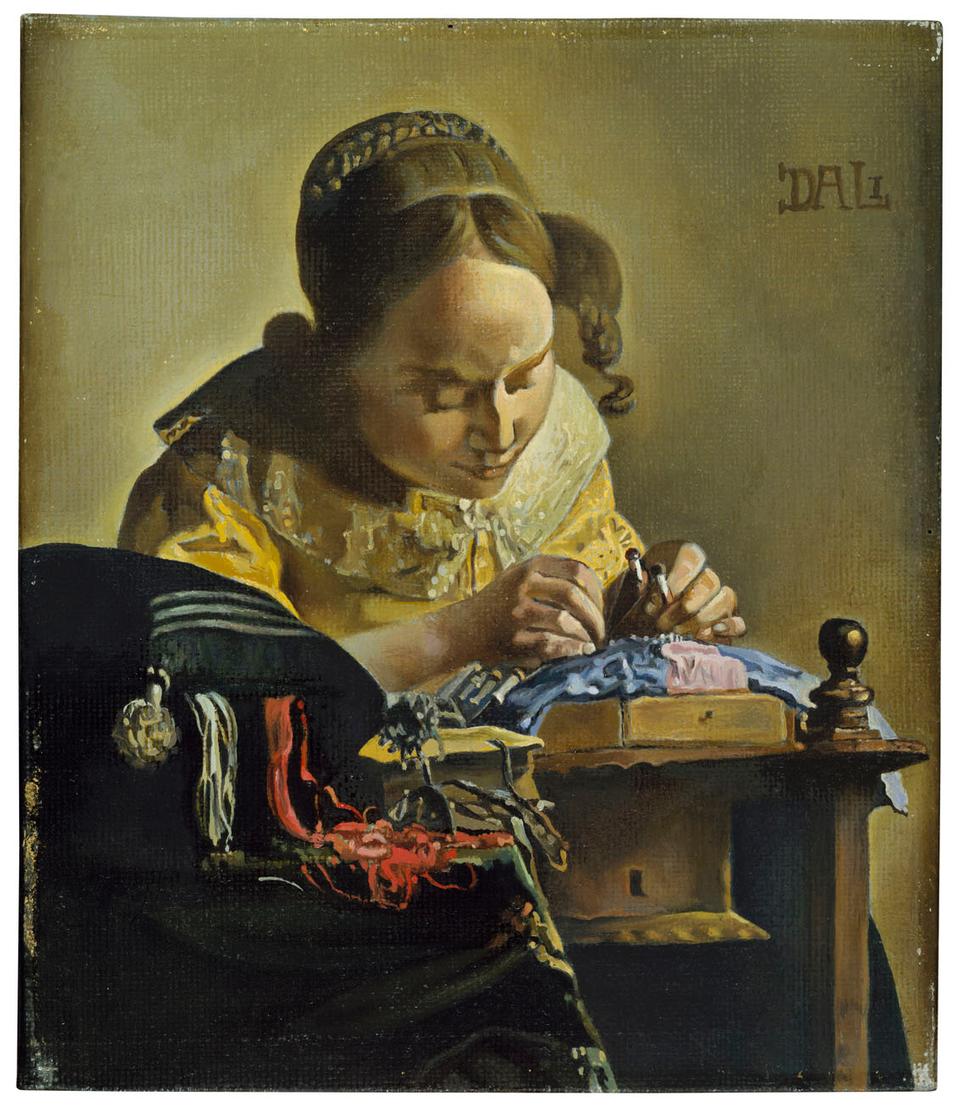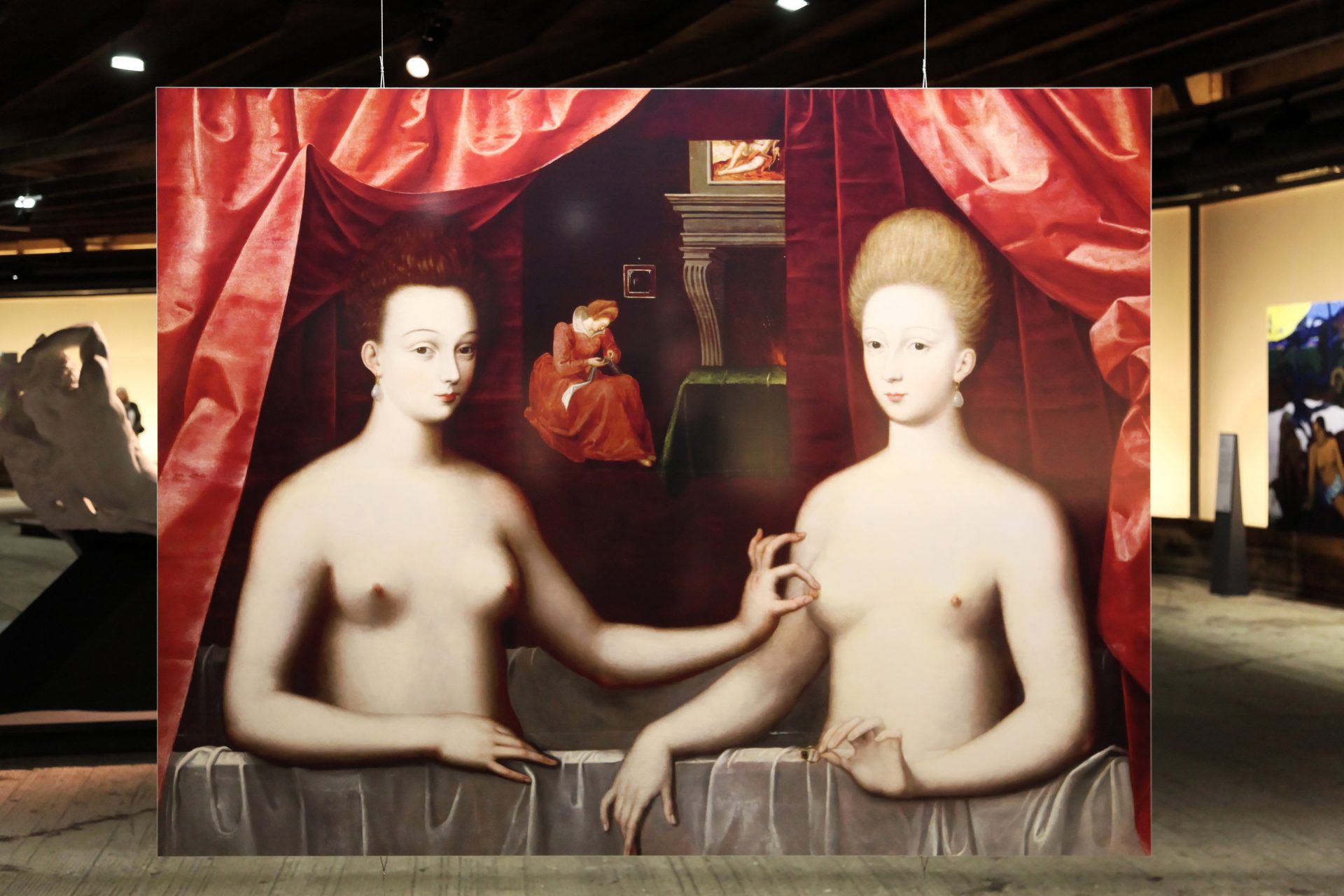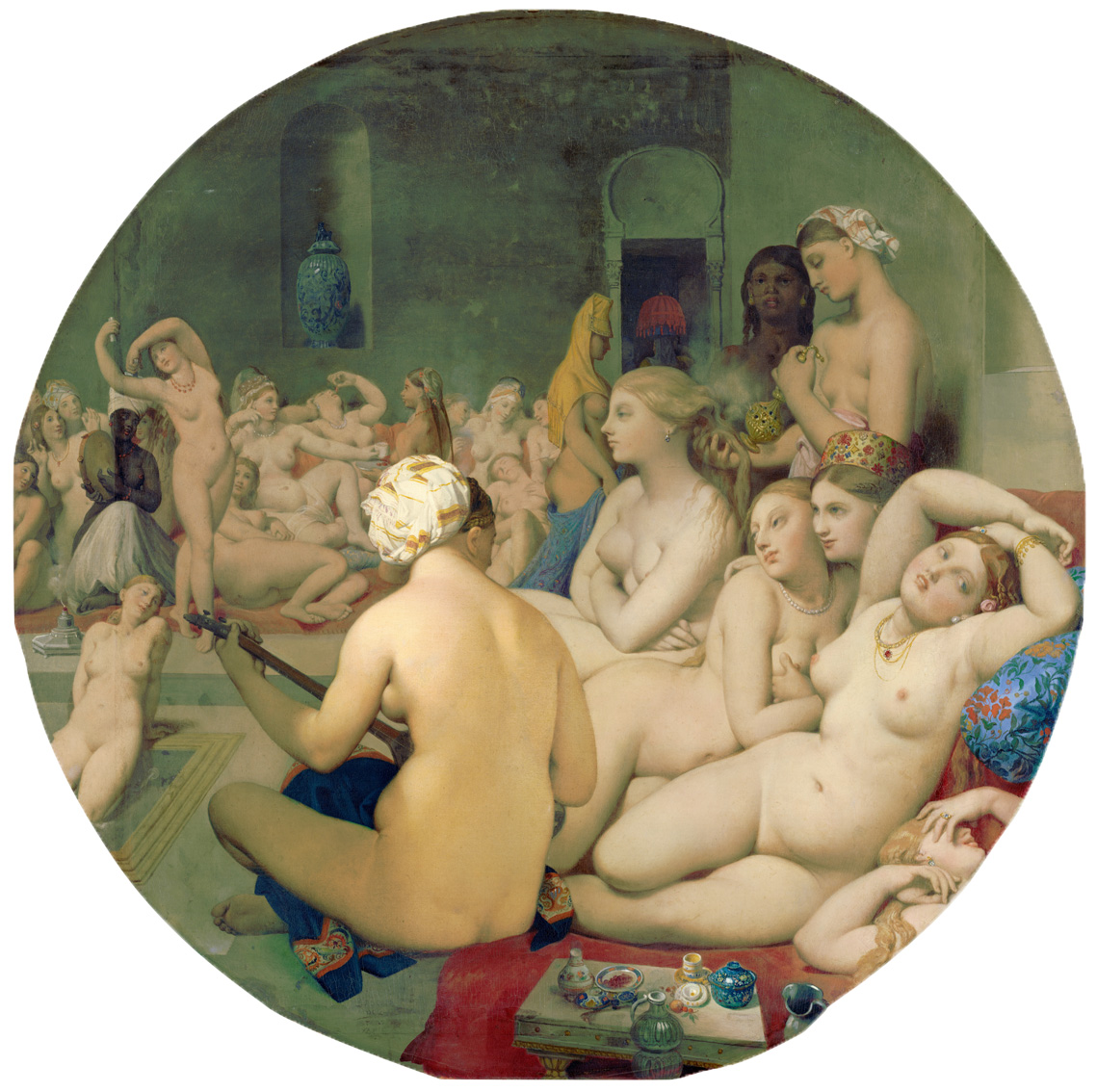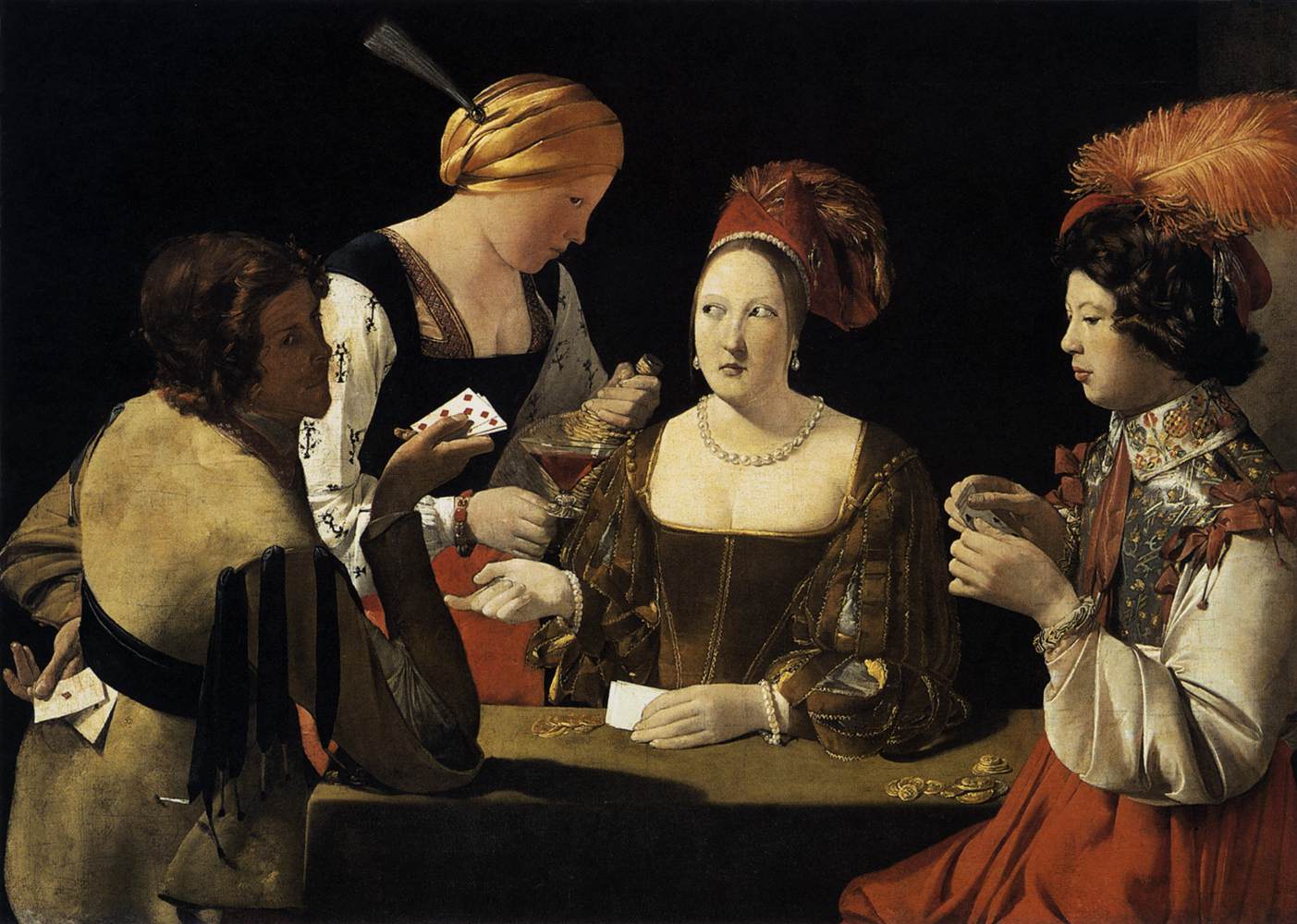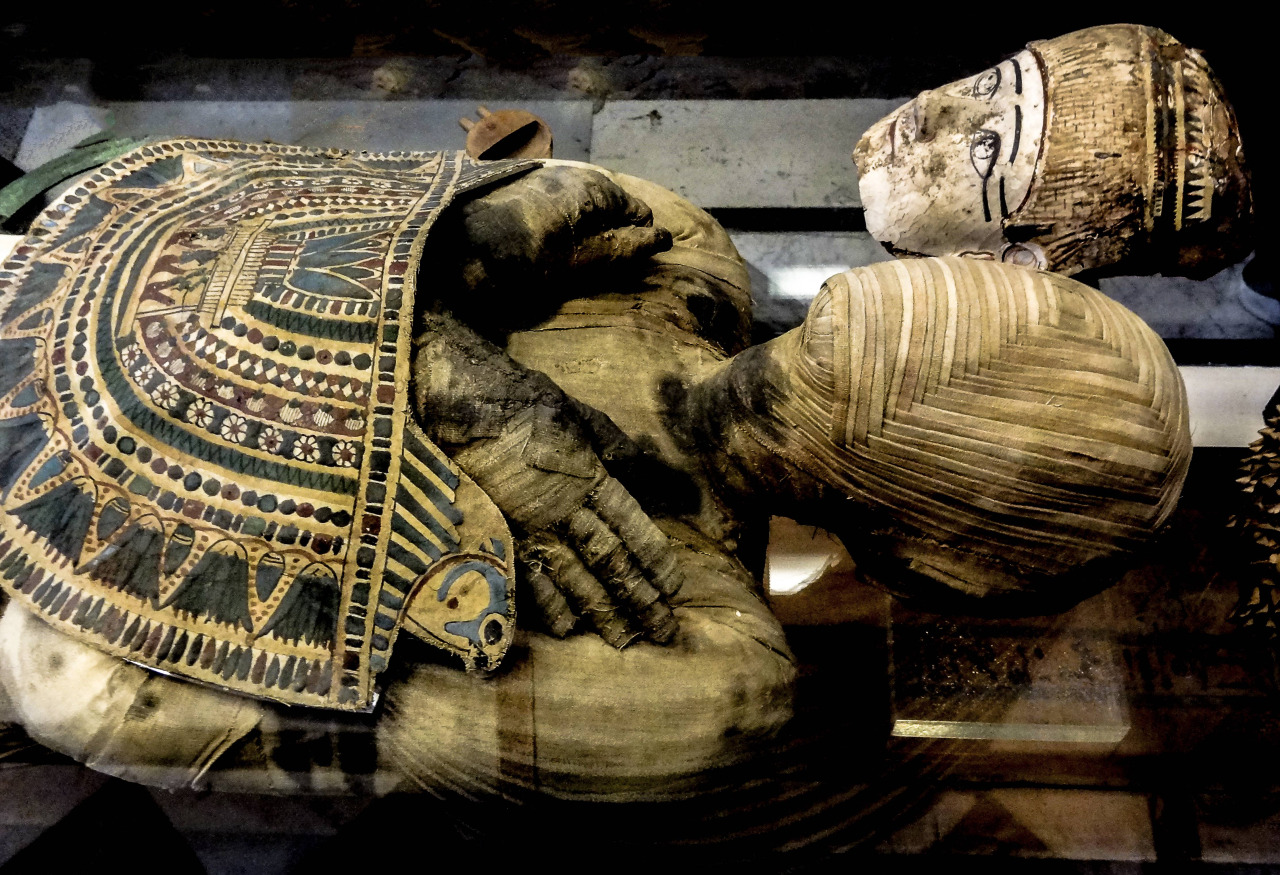羅浮宮最珍貴的18件精品
The top 18 masterpieces and paintings(The best of Louvre artwork)
It is no mean feat to choose just 20 pieces from the 460 works in the collections of the Louvre Museum. Our selection is based on those that are most popular with the public. They are each of aesthetic and historical interest. Indeed, each masterpiece is a sign of its time. Its contemporaries, like those seeing it centuries later, continue to be astonished.—-Paris city vision
- The Raft of the Medusa(美杜莎之筏)
Oil painting, 16 ft 1 in x 23 ft 6 in (H x W)
Painted by Théodore Géricault in the 19th century (1818-1819), the Raft of the Medusa is not always recommended for those of a sensitive disposition because it is so realistic. It depicts the survivors (and the casualties) of the Medusa shipwreck calling for help when they see in the distance the outline of another ship that could save them.
- The Mona Lisa(蒙娜麗莎的微笑)
Oil painting, 30 in x 21 in (H x W)
How can we not mention the Mona Lisa? The portrait assumed to be of the wife of Francesco del Giocondo is considered to be the most famous painting in the world. The theft of this canvas by Leonardo da Vinci in the 19th century and the mystery surrounding its origin never fail to draw the crowds.
- The Wedding at Cana(迦拿的婚禮)
Oil on canvas, 267 in x 391 in (H x W)
The Wedding at Cana is a story from the Old Testament of the Bible. The painting commissioned from the painter Veronese by the Benedictine monks of a Venice monastery has this as its theme. It is highly regarded for the way it depicts Venetian society at the time through a bible story.
- The Winged Victory of Samothrace(薩莫色雷斯的勝利女神)
Marble statue
Standing 8 feet tall, the Winged Victory of Samothrace is one of the most emblematic works in the Louvre, and one of the most impressive. A legacy of the artwork of Ancient Greece.
- The Venus de Milo(米洛的維納斯)
Marble statue
The Venus de Milo has no arms but this does not retract in any way from its beauty. Discovered in 1820, it was offered to King Louis XIII who gave it to the Louvre Museum. It is one of the most famous representations of the goddess Venus (Aphrodite to the Greeks).
- The Coronation of Napoleon(拿破崙為約瑟夫加冕)
Oil on canvas, 20 ft x 32 ft (H x W)
The Coronation of Napoleon is a work commissioned from the painter Jacques-Louis David, famous for his historical murals. Napoleon made a huge painting of it showing the Emperor at his consecration and the coronation of the Emperor Josephine. This painting depicts the splendor of the ceremony, where each person’s position was studied for aesthetic and political purposes.
- Liberty Leading the People(引導人民邁向自由)
Oil on canvas, 102.4 in x 128.0 in (H x W)
In the 1830s the Louvre hosted exhibitions in which contemporary paintings were presented. Amongst the works known to have been in the catalog was Liberty Leading the People. Inspired by the Revolution of the Glorious Thirties, the painting depicts the allegory of liberty in the form of a bare-breasted woman. She has often been used over the course of history as a symbol of Liberty and the Republic.
Discover the detailed presentation of Liberty Leading the People by Eugene Delacroix, at the Louvre Museum
- The Horse Tamers(馴馬師)
Marble statues
Today, the castings can be seen in the Château de Marly in the town of Marly-le-Roi. The originals of this pair of horses accompanied by grooms are on display in the Louvre Museum. They were a huge success at the time and even greatly influenced the equestrian fashion in art.
- The Monzon Lion(蒙松獅)
Cast bronze, engraved(鑄銅,雕刻)
This is one of the unmissable works in the Department of Islamic Arts. It served as a fountain spout and is thought to originate from 12th or 13th century Spain. It is one of the few bronze pieces whose origin is known.
- Portrait of a woman(一位女子的畫像)
Painting on wood, 16.5 in x 9.5 in (H x W)
Known as “L’Européenne” (The European), this portrait of a young woman, which is displayed in the Department of Egyptian Antiquities, is known for her glorified face and her gold leaf collar. It dates from the 2nd century.
ortrait of a Young Woman (or Lady Wearing a Gauze Headdress) is a painting completed between 1435–1440 by the Netherlandish artist Rogier van der Weyden. The sitter in this small work wears a wide, white hennin over a brown dress, which features a black-lined, v-shaped neckline. As is usual of van der Weyden’s female portraits, her hands are clasped tightly in prayer, while her expression is generally humble. Unusually for a van der Weyden’, she does not bow her head or gaze into the middle distance. Instead she looks directly at the viewer, creating an intimate relationship between sitter, viewer and artist,which art historian and research curator Lorne Campbell describes as “appealing and vibrant”.
The sitter has unusually bright, large and attractive blue eyes; their rendering may be considered outside of contemporary representation in that the artist did not reduce the size of the sitter’s left eye to reflect the scale of her turn of head to the viewer’s left. She is lit from a source above the canvas to the viewer’s right, which sets up the falling light used to contrast the vivid white of her veil and flesh against the dark tones of her dress and volume of her head.
The painting is composed through a mix of horizontal and vertical lines. The verticals of her head-dress blend into the lines of her shoulders and chest, while the horizontal folds of the veil are set against the line formed by her upper and lower lips. Given the individuality of her features, Rogier was obviously working from a life study of an actual person. Yet there are elements of abstraction in the image. The model is likely a member of the middle class, given her relatively plain dress, matronly features and accentuated breasts. It is widely believed that she was modeled on the artist’s wife,Elisabeth Goffaert, though this has not been proven.The portrait is similar to other female portraits by Rogier and Robert Campin. In fact, the similarity between Rogier’s and Campin’s female portraits is so strong that they were sometimes mis-attributed.
The portrait was held in the collection of a Princess Soltikoff in Saint Petersburg until acquired by the Berlin State Museums in 1908.
- The Winged Bulls(有翼的公牛)
Bas-relief sculpture, 165 in x 172 in x 38 in (H x L x D)
These human-headed winged bulls were placed at city gates and at the doors of temples to provide protection. Standing more than 13 feet tall, they continue to impress visitors to the Louvre Museum.
- The Dying Slave by Michelangelo(米開朗基羅《垂死的奴隸》)
This sculpture is an unfinished work by the Italian master Michelangelo. It is thought to have been made between 1513 and 1516. There is another dying slave on display in the Louvre. They were originally commissioned for the tomb of Jules II that had to be installed in St. Peter’s Basilica in Rome.
- The Seated Scribe(坐着的抄寫員)
Limestone sculpture, 21 in high
Actually sitting cross-legged, the Seated Scribe is often shown in history books to illustrate writing at the time of Ancient Egypt. This figure still has all of its original color and is in working position. You can easily imagine his papyrus sheet on his legs and his brush in his right hand.
- The Lacemaker(製作花邊的工匠)
Oil on canvas, 9.6 in x 8.3 in (H x W)
A famous 16th century painting by Johannes Vermeer, the Lacemaker inspired a successful novel and a film with Isabelle Huppert in the lead role. This painting depicts a young girl focused on her work. It is a faithful representation of the occupation of distractions and work at the time.
- Gabrielle d’Estrées and one of her sisters(Gabrielle d’Estrées 和她的一個姐妹)
Oil on canvas, 38 in x 49 in (H x W)
This painting from 1594-1595 is a portrait assumed to be of Julienne and Gabrielle d’Estrées, the former pinching her sister’s nipple. It draws attention for its erotic nature, but some people assume that it also announces the pregnancy of Gabrielle d’Estrées. Her sister’s gesture would indicate her future status as a mother.
- The Turkish Bath(土耳其浴)
Oil on canvas, 42.5 in diameter
Jean-Auguste-Dominique Ingres was a famous painter of his time. In 1862, he painted The Turkish Bath, which depicts a group of naked women in a harem as fantasized in the West.
- The Cheat with the Ace of Diamonds(用鑽石高手作弊)
Painted in around 1636-1639, The Cheat with the Ace of Diamonds is a painting by Georges de la Tour known for the glances exchanged by his characters. While the Cheat seems to be addressing the spectator to reveal his hand, the only person looking at his cards is the one who will be cheated. The servant and the woman at the table seem to have understood what is going on.
- The mummy(木乃伊)
This is the only preserved mummy on display at the Museum in the Department of Egyptian Antiquities. It is particularly well preserved and the braiding of the strips, especially in the facial area, is of very high quality.
